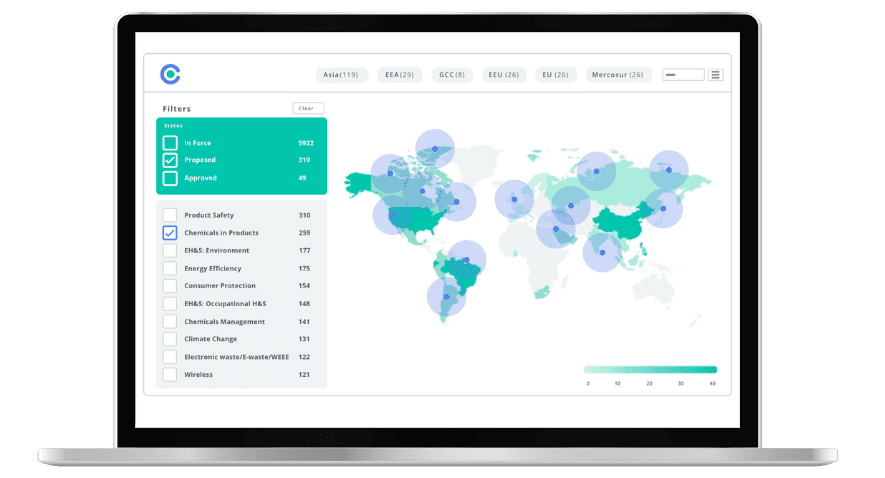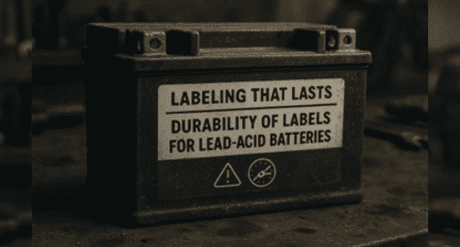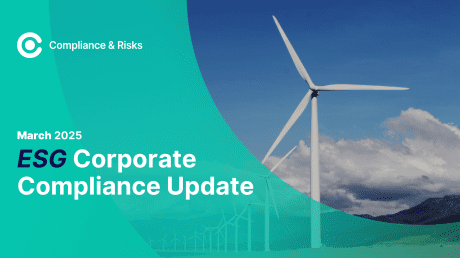
EU Universal PFAS Restriction Progress Update

This blog was originally posted on 11th December, 2024. Further regulatory developments may have occurred after publication. To keep up-to-date with the latest compliance news, sign up to our newsletter.
AUTHORED BY CATHERINE PHILLIPS, PRINCIPAL REGULATORY CONSULTANT, RINA
On 20 November 2024, the EU has published a progress update on its plan to ban all per-and poly-fluorinated alkyl substances. It is expected that this ban, when enacted, will impact the majority of industry because of the very wide array of uses of these substances.
Background
The EU consulted on the proposed ban last year, resulting in 5600+ responses, indicating the huge impact on industry. Since then, the European Chemical’s Agency’s (ECHA) two committees assessing the proposal (the Risk Assessment Committee and the Socio Economic Assessment Committee) have been reviewing the comments use by use. ECHA has been criticised by the European Ombudsman for the lack of communication on these assessments. The pressure is on for ECHA to communicate better, which is a relief for industry who want as much time as possible to plan for the likely outcomes.
What Has Changed?
Uses not previously identified are now being considered. Examples given are sealing applications, technical textiles, printing applications and other medical applications, such as packaging and excipients for pharmaceuticals.
Previously, a full ban or a ban with time limited derogations were the only options being considered. Now other options are being considered, such as allowing continued use under defined conditions, where there are disproportionate socio economic impacts and because technical substitution is currently not foreseeable. There is no detail yet about the sort of conditions, or whether the conditions would apply for the lifetime of the product.
This is the proposed approach for batteries, fuel cells and electrolysers. Medical devices and semiconductors are still being assessed, but may have a similar approach.
Next Steps
Requiring conditions rather than a time limited derogation is a major development which will be welcomed, even if it results in some tighter through-life controls for these remaining uses. The committees’ positions on most uses are not clear, and the positions on batteries, fuel cells and electrolysers can still change if effective alternatives to PFAS are made available on the market. It remains vital for businesses to know where they have PFAS in their product, to actively seek alternatives and to keep engaged with the regulators.
Stay Ahead Of Regulatory Changes in PFAS Regulations
Want to stay ahead of regulatory developments in PFAS Regulations?
Accelerate your ability to achieve, maintain & expand market access for all products in global markets with C2P – Your key to unlocking market access, trusted by more than 300 of the world’s leading brands.
C2P is an enterprise SaaS platform providing everything you need in one place to achieve your business objectives by proving compliance in over 195 countries.
C2P is purpose-built to be tailored to your specific needs with comprehensive capabilities that enable enterprise-wide management of regulations, standards, requirements and evidence.
Add-on packages help accelerate market access through use-case-specific solutions, global regulatory content, a global team of subject matter experts and professional services.
- Accelerate time-to-market for products
- Reduce non-compliance risks that impact your ability to meet business goals and cause reputational damage
- Enable business continuity by digitizing your compliance process and building corporate memory
- Improve efficiency and enable your team to focus on business critical initiatives rather than manual tasks
- Save time with access to Compliance & Risks’ extensive Knowledge Partner network

Product Regulatory & Liability Developments: 2024 Roundup
Our experts recap on key regulatory and litigation developments in 2024 as well as glance ahead into 2025.








